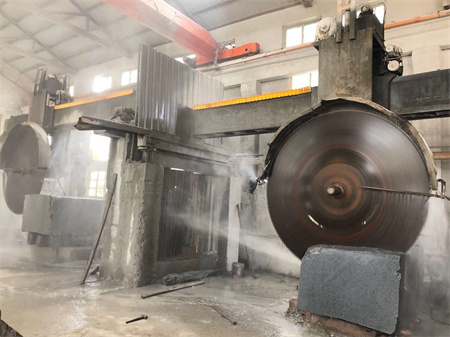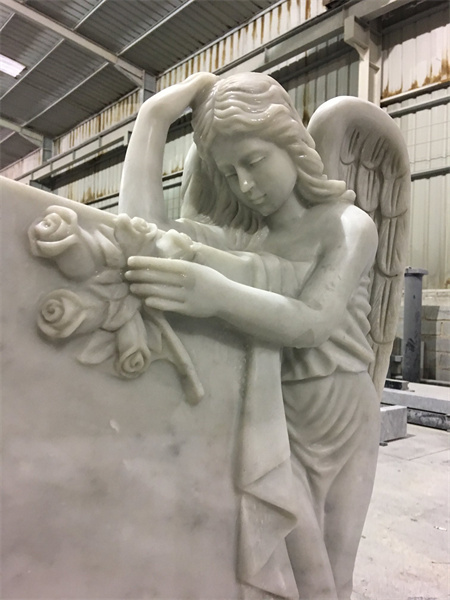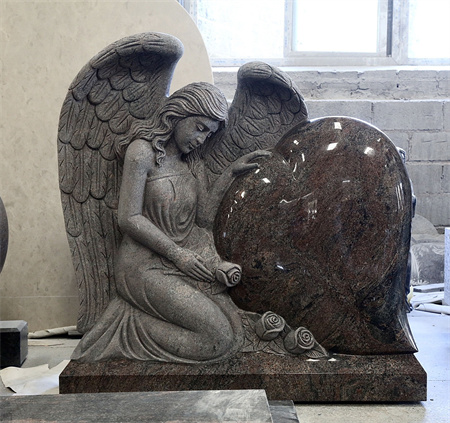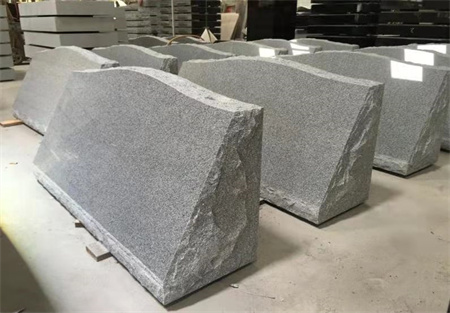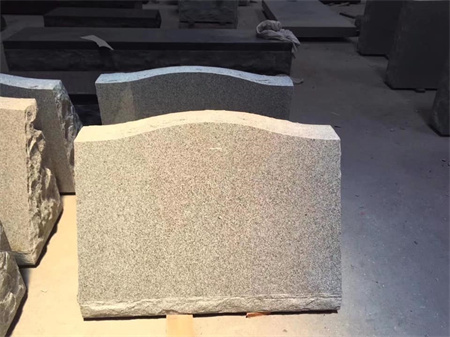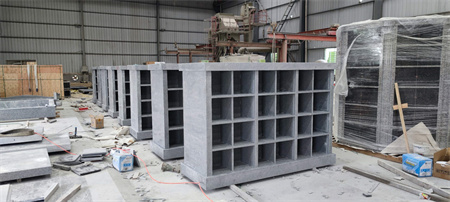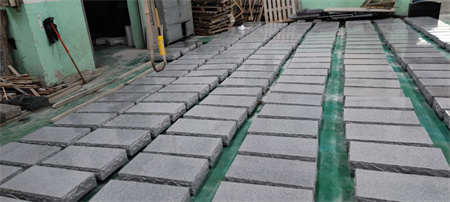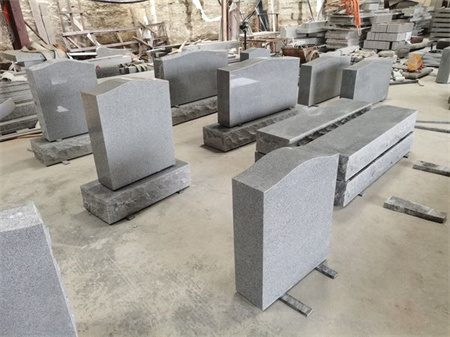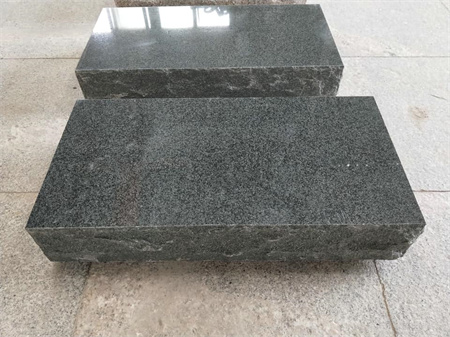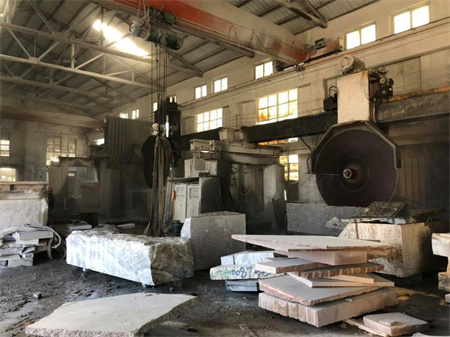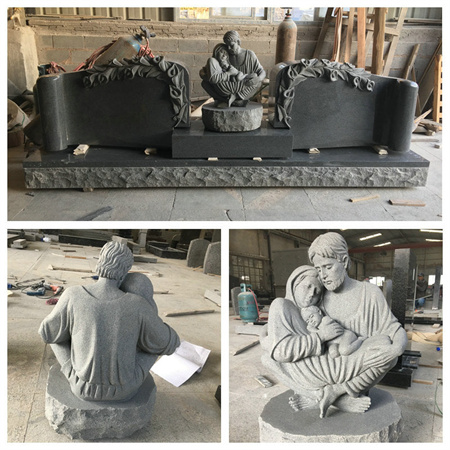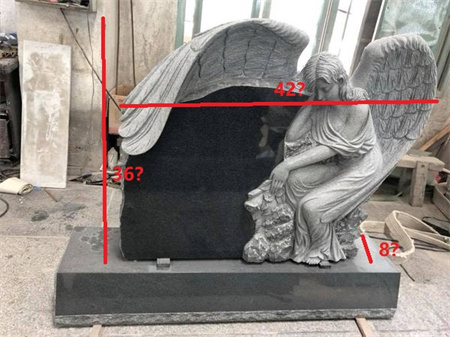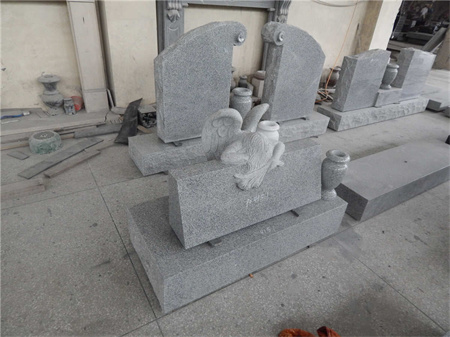Why Custom Granite Memorials Are Worth the Investment
When it comes to honoring the memory of a loved one, few tributes carry the lasting beauty and significance of a custom granite memorial. In a world where personalization is becoming increasingly important, granite memorials stand out for their timeless elegance and durability. The decision to invest in a custom granite memorial isn’t just about creating a monument; it’s about crafting a lasting symbol that will preserve the essence of a loved one’s life for generations to come. Here’s why a custom granite memorial is not just a worthwhile investment but a deeply meaningful one.
Unmatched Durability and Longevity
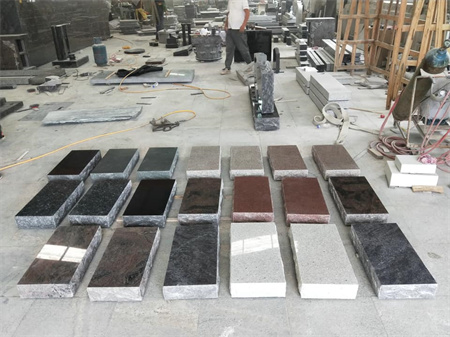
Personalization Like No Other
One of the most compelling reasons to choose a custom granite memorial is the ability to personalize it in ways that other types of memorials simply can’t match. Granite offers a wide range of options for customization, from engraving intricate designs and meaningful quotes to incorporating special symbols that reflect your loved one’s passions, achievements, or personality. Whether it’s a simple inscription or a complex, artistic design, the possibilities are virtually endless. This level of personalization makes each granite memorial unique, turning it into a one-of-a-kind tribute that truly reflects the life it honors.
A Timeless Symbol of Strength and Beauty
Granite itself is a symbol of strength and beauty, qualities that many people associate with the memory of their loved ones. The stone’s deep, rich colors and natural patterns create a sense of serenity and permanence, making it the perfect material for a memorial. Whether you choose a classic grey, an elegant black, or a striking red or blue, granite’s aesthetic appeal adds an element of peace and reverence to any cemetery or memorial park. The permanence of granite reflects the enduring impact of your loved one’s life, making it a fitting tribute that remains impressive and dignified for years to come.
Value That Lasts
While custom granite memorials can come with a higher initial cost than other memorial options, they provide exceptional value over time. The materials themselves are built to last, ensuring that the investment made today will continue to provide beauty and respect for future generations. In addition, the level of craftsmanship that goes into creating a custom memorial means you’re paying for more than just a stone—you’re paying for a personalized work of art that is designed to stand the test of time. The emotional and sentimental value of such a memorial far outweighs its financial cost, making it a wise choice for those who want to leave a lasting legacy.
A Personal Connection to the Past
Choosing a custom granite memorial is more than just about honoring the deceased; it’s also about creating a personal connection to the past. The design process allows you to reflect on your loved one’s life, values, and passions. Whether you’re selecting a special inscription, incorporating a favorite flower, or choosing a specific shape, the process of designing the memorial can be a deeply healing experience. It gives you the opportunity to express your love and remembrance in a tangible way, something that can provide comfort during a difficult time. The memorial serves as a physical manifestation of your grief, love, and the bond you continue to share with the person you’ve lost.
A Lasting Legacy
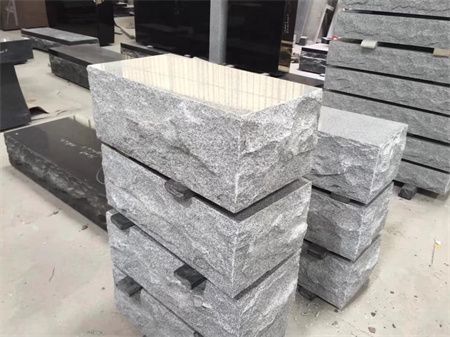
In conclusion, a custom granite memorial is far more than just a headstone or marker. It is a thoughtful investment in both the physical and emotional aspects of remembrance. Its durability, beauty, and personalization options make it a fitting tribute to a life well-lived. By choosing granite, you are ensuring that the memory of your loved one will be honored in a way that is both lasting and meaningful—providing comfort for years to come.

